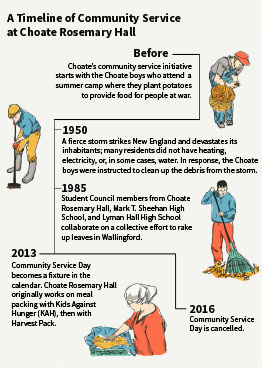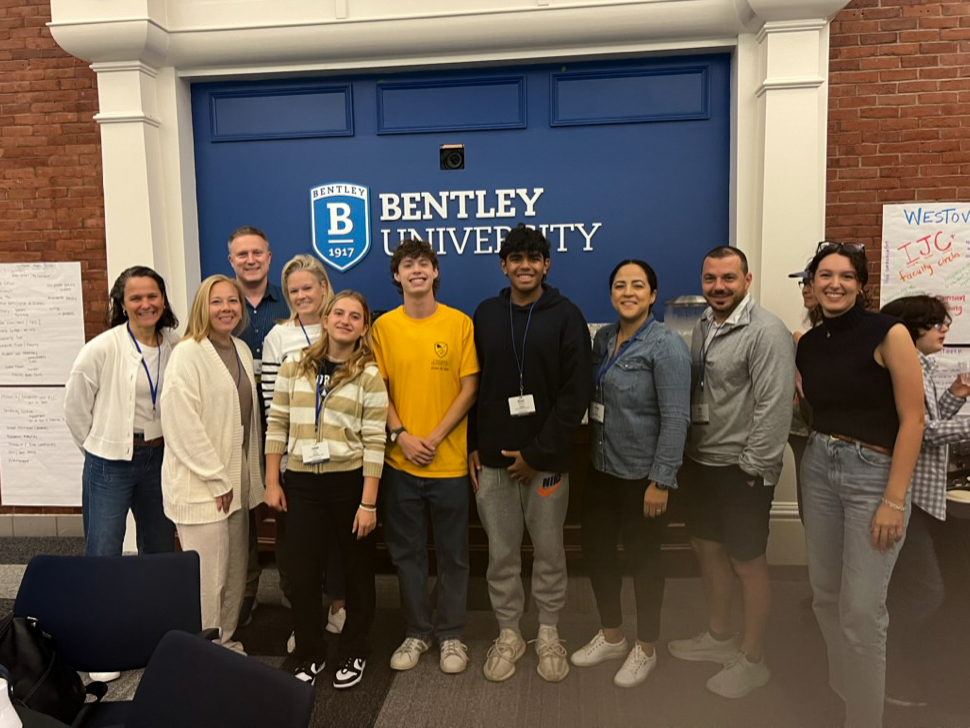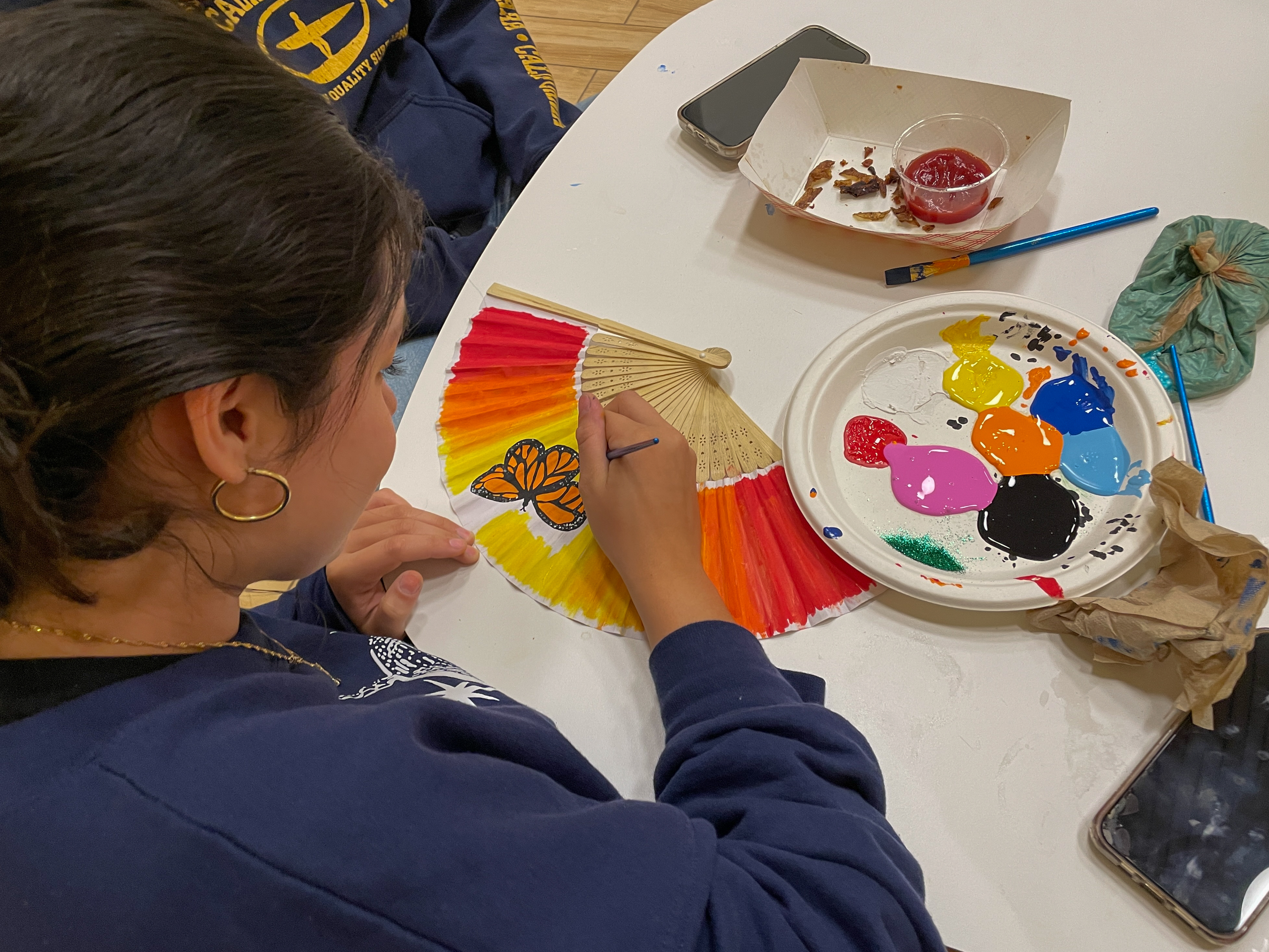For many students, the month of October is usually associated with Community Service Day, an annual service event in which students, faculty, and staff all gather at the Worthington Johnson Athletic Center (WJAC) to pack food destined for parts of the U.S. and Haiti. Unfortunately, there will be no Community Service Day this year. The decision was made last spring due to a combination of logistical and monetary reasons, as well as the retirement of previous Director of Community Service Ms. Mary Pashley.
Ms. Melissa Koomson, current Director of Community Service, explained, “First of all, the coordination of the Day is a huge undertaking. Also, the Harvest Pack itself costs an armful of money — it is shocking how much money is spent on it. From what I’ve heard, there was a lot of talk on how we should look into doing some other kind of service project together. And with Ms. Pashley retiring and a new person coming in — it’s a lot to organize in the first few beginning weeks of school.”
Many students expressed disappointment about this decision. Mirialie De Jesus ’18 said, “I just remember how Ms. Pashley was so passionate about coordinating Community Service Day. It’s wrong to just let this go after she leaves. It’s a big part of her legacy, and I feel that that we should continue it as a way of honoring her service to the School. Also, it was just a good way to bring the whole community together, while at the same time, doing some good in the world.” She recalled, “I remember being in a group that had people who I didn’t even know before, and we would simply bond over the fact that we were working together to combat world hunger. It was effective in bringing us out of the Choate bubble.” However, Ms. Pashley was actually invovled in the decision to cancel Community Service Day t his year.
his year.
Kurtis Yoon ’17 believes that the idea of cancelling community service day is at odds with the purpose of the event. He said, “I think it was a lame excuse from the school. The whole purpose of having Community Service Day was to give back to our community, but the reason for not having this event — the fact that it’s the cost and the logistics that prevents it from happening — it just doesn’t make any sense to me.”
As of now, according to Ms. Koomson, there are no concrete plans for a service event in which the whole community can participate. “During my past experience as a service coordinator at a school where I held the position for about eight years, the same problems came up each year. Logistics like providing transportation and meals for 1,100 people — people don’t always think in terms of the details like that, but it is quite an undertaking. Many organizations just can’t accommodate that number of people, and I think that was one of the reasons why Harvest Pack was so appealing — because it was something that could be held here on campus, where meals and transportation weren’t a problem.”
She added, “In terms of accommodating something from the whole school, I don’t know of anything right now that would accommodate 1,100 people. That’s not to say it’s not out there. I just haven’t heard of it yet. I’m definitely open to new ideas and suggestions from the community.”
Instead of planning an event for the entire community, Ms. Koomson is currently looking into coordinating events that are more realistic and smaller in scale. “If we can’t do it as a whole school, maybe we could it in smaller groups such as forms, dorms, and athletic teams. I’m certainly open and ready to talk to folks about service projects that are done in groups as such. I really want to foster student enthusiasm about service and service projects. I really want our students to take initiative and ownership of the events.”
Ms. Koomson will try to differentiate between what activities are considered service and what aren’t. She added, “I’m currently evaluating what projects I’ve learned about that students have participated in. And when trying to identify where they fit on the charity vs. community service vs. service learning spectrum. Because the far end of charity work, that’s very different from service learning. I come from the philosophy of meeting a real community need that is including face-to-face contact with whom you are serving. So while your organization or club is doing great fundraising work, I really want students to have that face-to-face contact with, for example, the people who are receiving the monetary donations.”
As the new Director of Community Service, Ms. Koomson hopes to communicate the true value of service to the students with whom she works. She said, “I want to honor what is in existence, but I’m also looking at it with a finer microscope — thinking about how a certain event fits into service learning and redefining what factors make a meaningful service opportunity. I want to make service work at Choate more than just students checking off a box, saying, ‘Ok, I finished my requirement.’ I want some ownership and investment into it. Do something that you’re really excited and passionate about, whether or not that’s working with animals or doing some kind of environmental work.”
Ms. Koomson also described some of her short-term and long-term plans. “Next up on my list is to research what kind of Habitat for Humanity projects might be out there and get students to organize and do something on the weekend to help build. I also want to stress the importance of discussion and reflection, two very important parts of service learning. Perhaps after doing service work, everyone can come together and reflect upon and share experiences, to help process everything that they have done.”
Furthermore, Ms. Koomson is planning to establish a community service committee comprised of both students and faculty. The committee will serve as a liaison between Ms. Koomson and the rest of the community. “Being new to the school and the area, I don’t know everything that’s out there. I’ve been looking through the files and checking the local agencies to see what’s out there. I’m also keeping my ears and eyes open about various events that might taken place on weekends. I thought it’d be a good idea to have student voices on a committee, some of whom may be far more local and familiar with offerings in the area.”
She is working on a proposal to take to senior administrators. She added, “I’m just trying to figure out how to have voices from the Student Council and the Service Day Committee. Those are the two groups that come to my mind immediately, but ultimately I’m aiming to have a good representation of various aspects of the school.”




